Analysis of Spinal Cord Injury at T3: Functional Skills & Rehab
VerifiedAdded on 2023/06/11
|5
|1280
|109
Report
AI Summary
This report provides a comprehensive overview of spinal cord injury (SCI) at the T3 level, detailing the impact on functional abilities and rehabilitation strategies. It begins by explaining the anatomical location and the common causes of SCI, including traumatic injuries and non-traumatic spinal cord lesions. The report outlines the assessment tools used to evaluate motor and sensory functions, and identifies the primary problems associated with SCI at T3, such as difficulties in performing activities of daily living (ADL) and reduced social participation. Various treatment strategies are discussed, including active assisted range of motion, strengthening exercises, and the use of assistive devices. Surgical options and the importance of specialized rehabilitation centers are also highlighted. Furthermore, the report addresses contraindications and precautions, such as bladder management and pressure ulcer prevention. Finally, it discusses the prognosis for SCI, including different syndromes and recovery expectations, and analyzes the negative effects of SCI on performance skills, sensory functioning, and perceptual processing. This document provides valuable insights into the complexities of SCI at T3 and the multifaceted approach required for effective rehabilitation.
1 out of 5
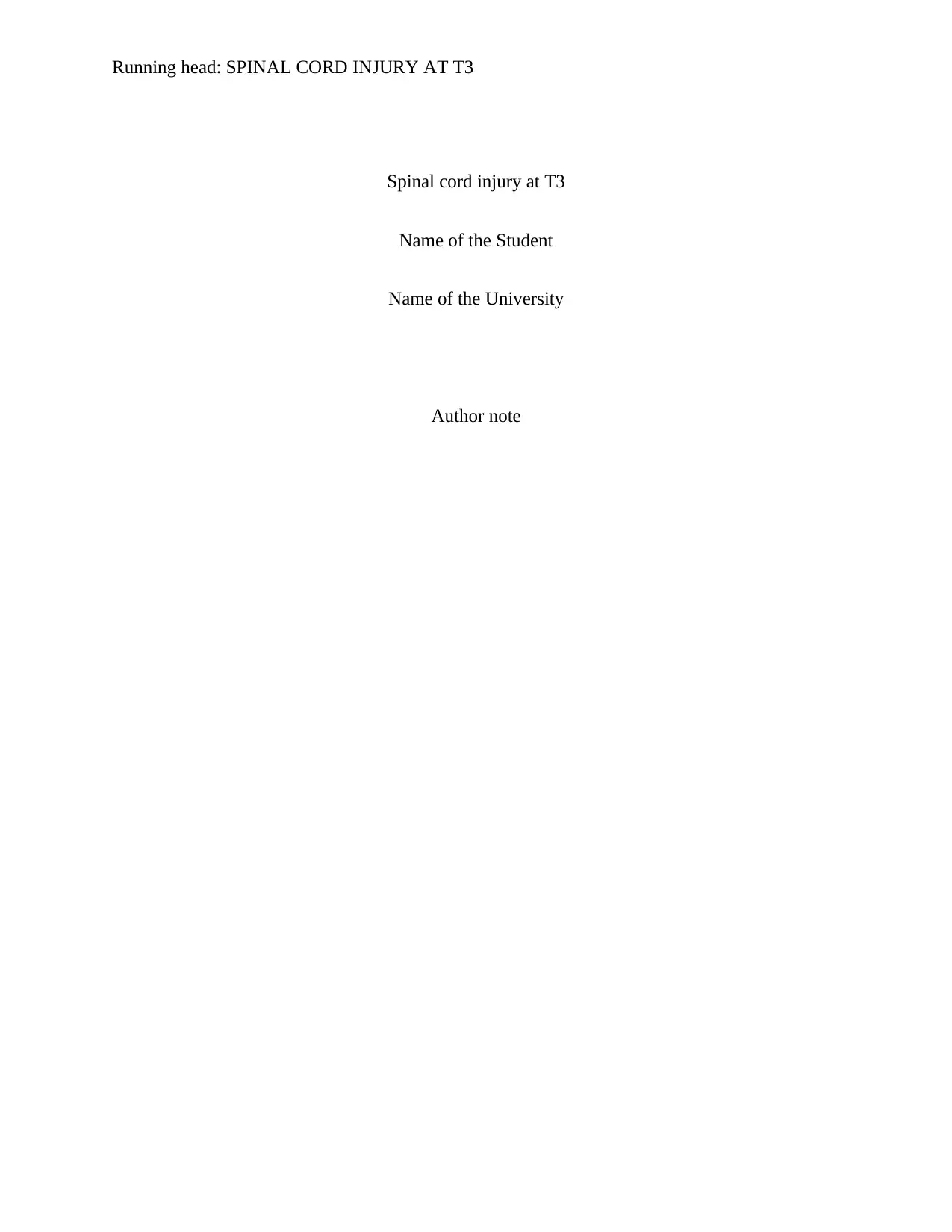
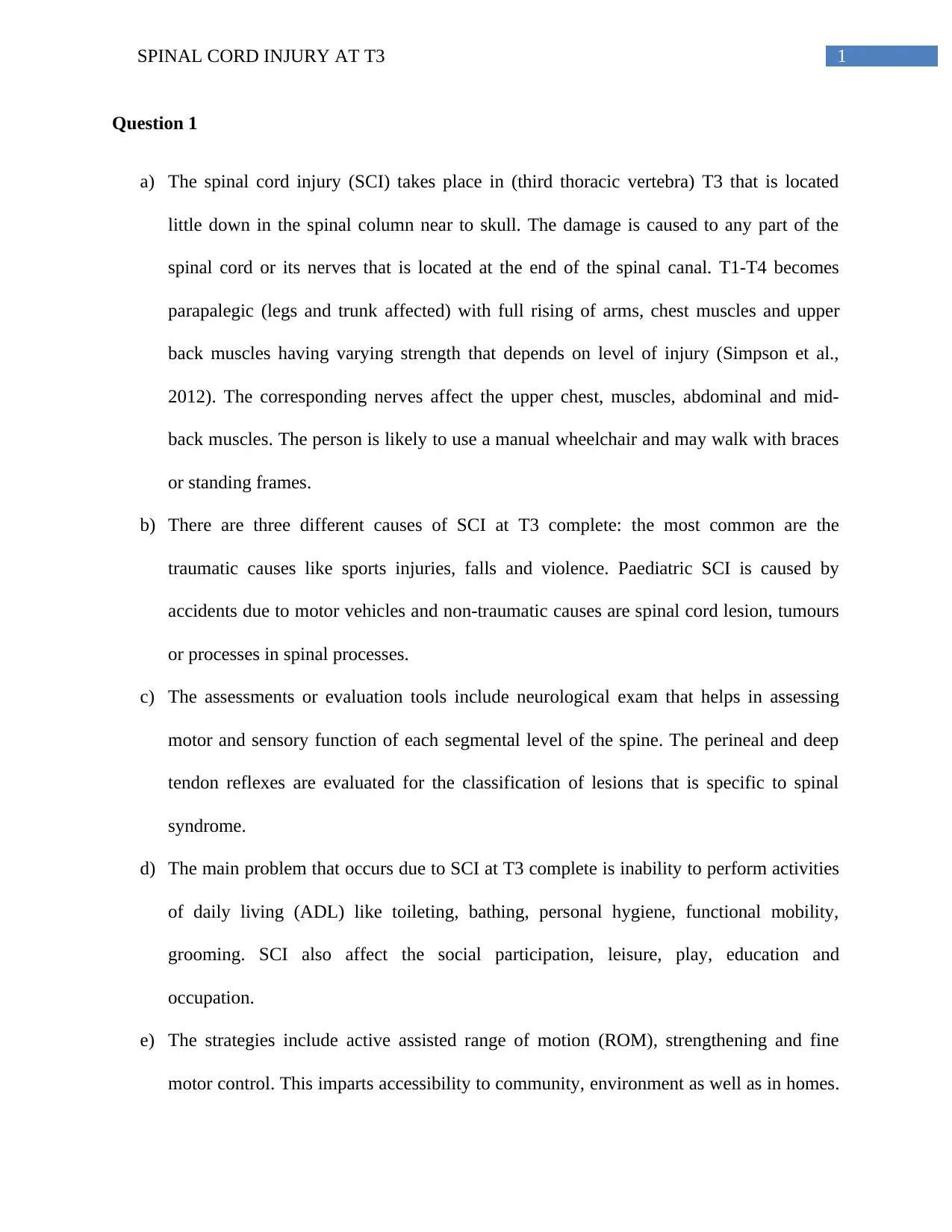
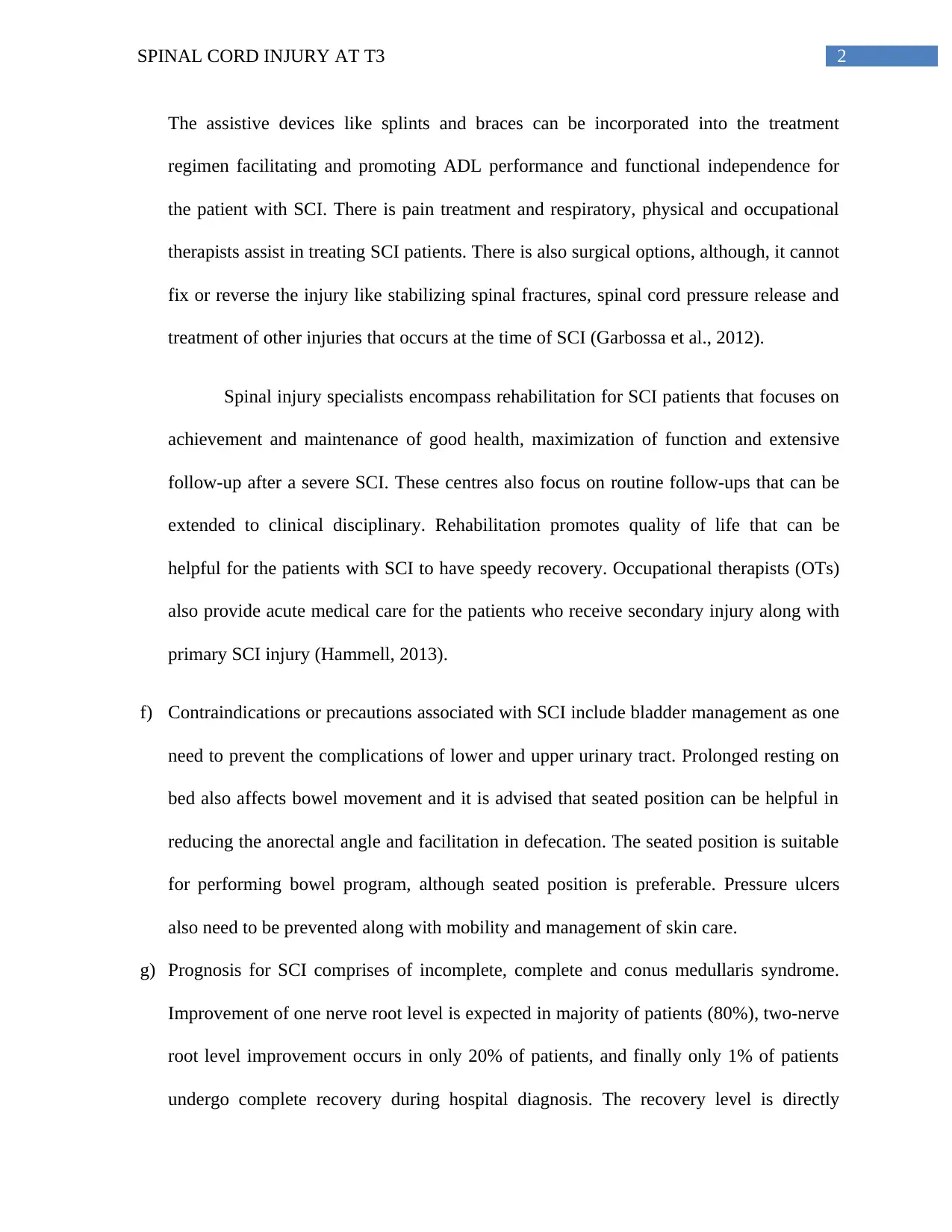

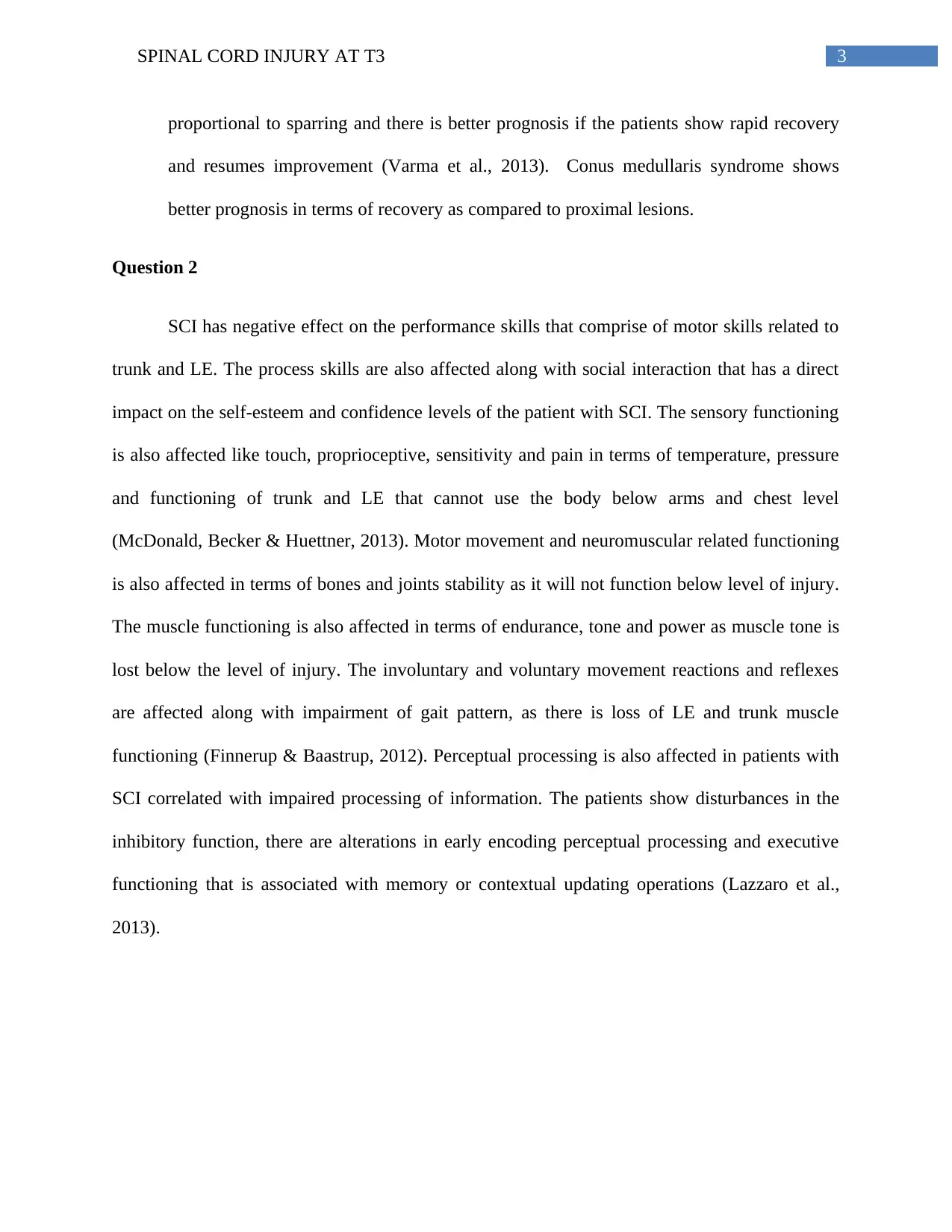
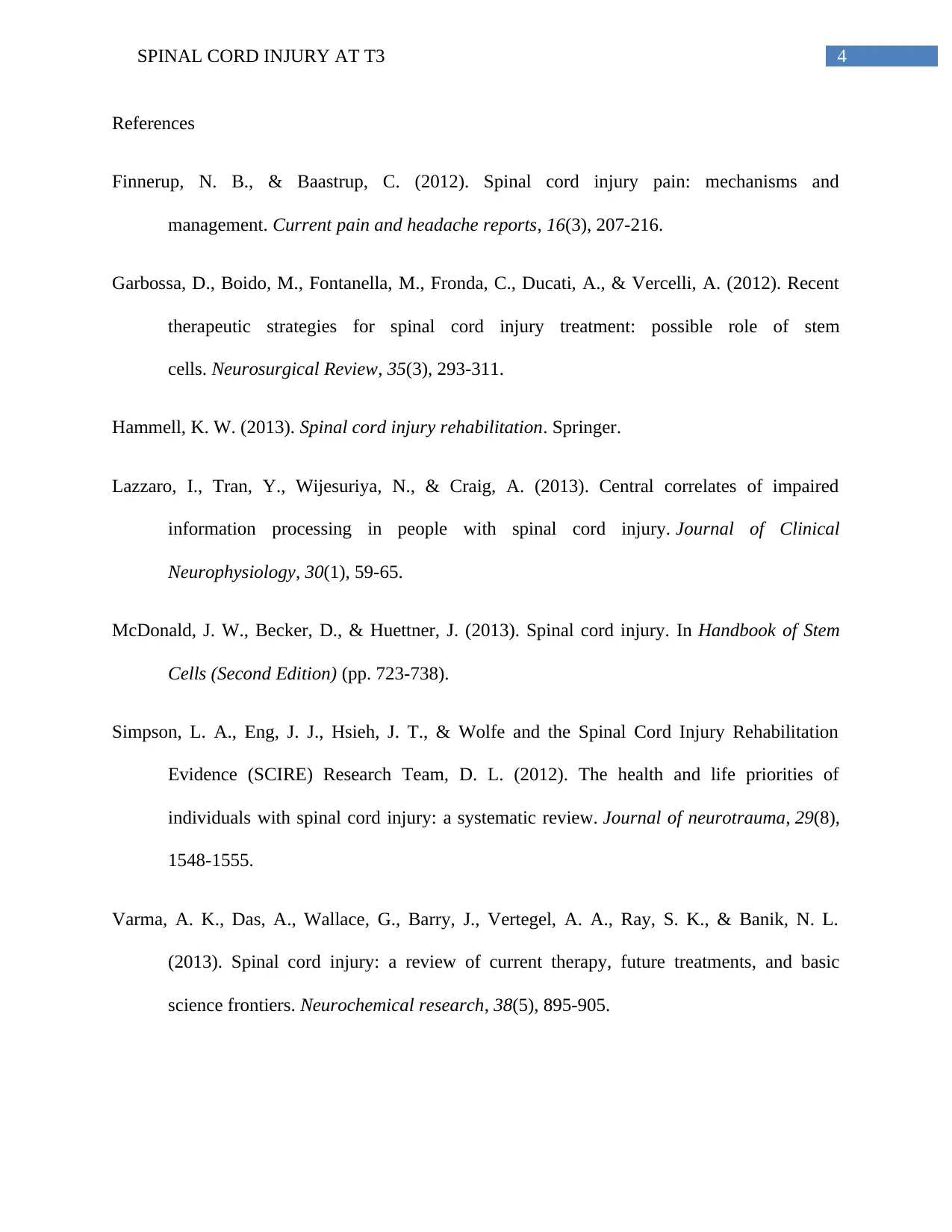






![[object Object]](/_next/static/media/star-bottom.7253800d.svg)